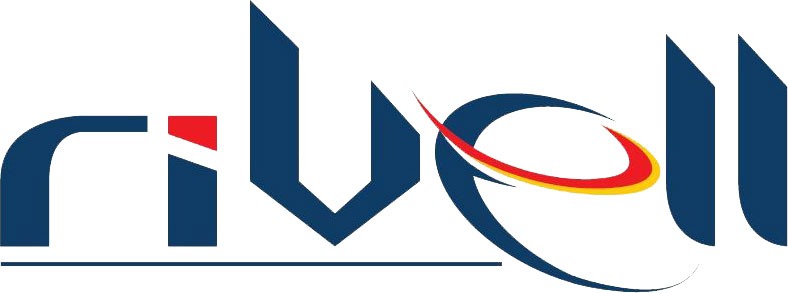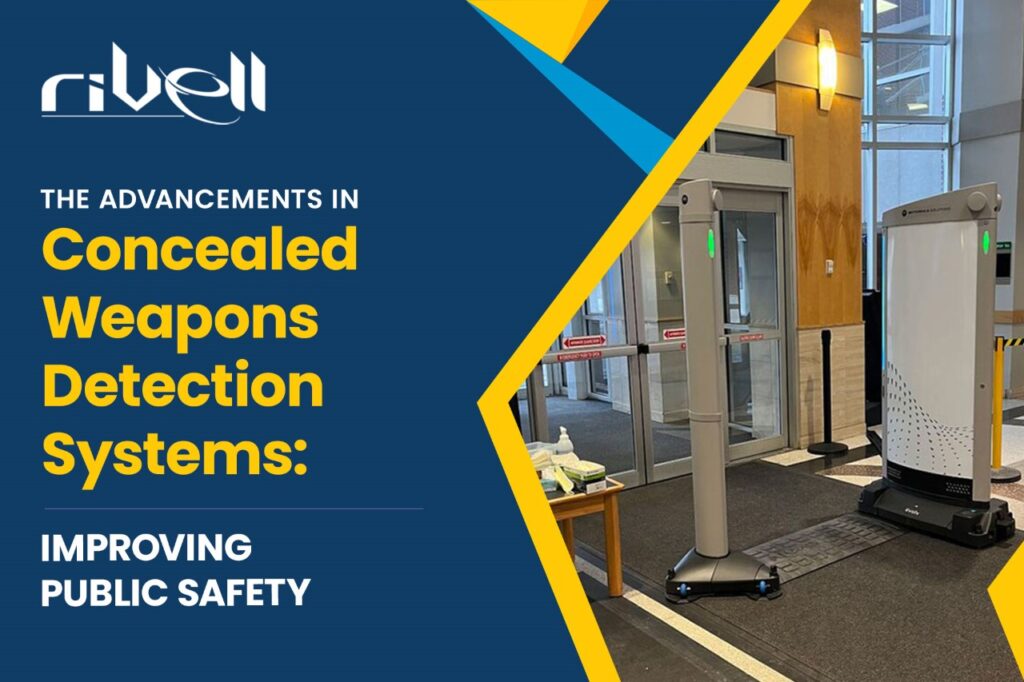In today’s society, public safety has become a growing concern. With the increasing threat of gun violence and terrorism, there is a growing demand for effective and reliable weapons detection systems. The global concealed weapon detection systems market size is expected to grow from US$706.7 Mn in 2023 to US$ 2281.2 Mn by 2033. One of the most significant advancements in this field is the development of concealed weapons detection systems. These systems offer several advantages over traditional metal detectors, and their latest technologies have made it possible to detect concealed weapons with a higher degree of accuracy than ever before.
Advantages of Concealed Weapon Detection Systems
1. Improved Accuracy
Concealed weapon detection systems use advanced technology, such as millimeter-wave radar and terahertz radiation imaging, to provide detailed imaging of concealed objects. This improves the accuracy of the screening process and reduces the likelihood of false alarms.
2. Real-Time Detection
Unlike traditional metal detectors, which require individuals to walk through a screening area, concealed weapon detection systems can detect potential threats in real-time. This allows security personnel to respond quickly and appropriately to potential threats.
3. Non-Invasive Screening
Concealed weapon detection systems are designed to be non-invasive and do not require physical contact with individuals being screened. This makes the screening process faster and more efficient, while also improving privacy and reducing discomfort for those being screened.
4. High Throughput
Concealed weapon detection systems can screen large volumes of people quickly and efficiently, making them ideal for use in high-traffic areas such as airports, sports stadiums, and government buildings.
5. Customizable Solutions
Concealed weapon detection systems can be customized to meet the specific needs and requirements of different organizations and facilities. This allows for greater flexibility and adaptability in the screening process.
Weapon Detection Technology
The latest advancements in weapon detection technology have made it possible to detect concealed weapons with a higher degree of accuracy than ever before. Millimeter-wave radar and terahertz radiation imaging are some of the latest weapon detection technologies used to create detailed images of concealed objects. These images are analyzed by machine learning algorithms, which can accurately identify potential threats.
How Concealed Weapon Detection Systems Work
Concealed weapon detection systems use advanced imaging and sensor technology to detect potential threats. Imaging technology creates a detailed image of concealed objects, while sensor technology detects any anomalies in the image, indicating the presence of a concealed weapon. This information is then analyzed by machine learning algorithms to determine whether a potential threat exists.
Limitations of Concealed Weapon Detection Systems
While concealed weapon detection systems offer several advantages over traditional security measures, there are also some limitations that should be considered. Here are some of the key limitations of concealed weapon detection systems:
1. Cost
Concealed weapon detection systems can be expensive to install and maintain, particularly for large facilities with high levels of traffic. The cost of these systems can be a barrier to adoption for some organizations.
2. False Alarms
While concealed weapon detection systems are designed to improve accuracy, they are not perfect and can still result in false alarms. This can be disruptive and can lead to delays and inconvenience for individuals being screened.
3. Limited Detection Capabilities
Concealed weapon detection systems are designed to detect weapons and other potential threats, but they are not foolproof. There are still some types of weapons or materials that may be difficult to detect, particularly if they are well-concealed.
4. Privacy Concerns
Concealed weapon detection systems involve the use of advanced imaging technology, which can raise privacy concerns for some individuals. It is important for organizations to have policies and procedures in place to address these concerns and ensure that screening is conducted in a respectful and professional manner.
5. Training and Education
The effective use of concealed weapon detection systems requires specialized training and education for security personnel. Organizations must be prepared to invest time and resources in providing this training and ensuring that personnel are adequately equipped to operate the system.
Overall, while concealed weapon detection systems offer many advantages in enhancing public safety, it is important to be aware of their limitations and to approach their implementation in a thoughtful and strategic manner. By doing so, organizations can maximize the benefits of these systems while minimizing the risks and challenges associated with their use.
Applications of Concealed Weapon Detection Systems
Concealed weapon detection systems have a wide range of applications, including schools, public venues, and government facilities.
Schools
In recent years, schools have become a prime target for mass shootings. To address this issue, many schools have started using concealed weapons detection systems to improve the safety of their students and staff. These systems can be installed at entrances and exits, as well as in common areas such as cafeterias and gymnasiums.
Public Venues
Concealed weapon detection systems can be used at public venues such as stadiums and arenas to screen visitors and prevent potential threats. These systems can be integrated into existing security measures, such as bag checks and metal detectors, to provide an extra layer of security.
Government Facilities
Government facilities are high-security areas that require advanced security measures. Concealed weapon detection systems can be used to ensure the safety of government employees and prevent potential threats. These systems can be installed at entrances and exits, as well as in common areas such as lobbies and meeting rooms.
Future Advancements in Concealed Weapon Detection Technology
The future of concealed weapon detection technology is bright, with advancements in AI-powered sensors and cameras. These technologies can detect and track potential threats in real-time and improve the accuracy of concealed weapon detection systems. Additionally, there is ongoing research into developing portable and wearable concealed weapon detection systems, which can be used by law enforcement and security personnel to detect potential threats in real-time. These systems can also be integrated with facial recognition technology, allowing law enforcement to identify potential suspects.
Conclusion
The advancements in concealed weapons detection systems have significantly improved public safety by providing a reliable and effective method of detecting potential threats. These systems offer several advantages over traditional metal detectors and have a wide range of applications in schools, public venues, and government facilities. While there are certain limitations to these systems, ongoing research and development in the field of weapon detection technology promise to improve their accuracy and effectiveness in the future.
At Rivell, we offer advanced concealed weapon detection systems that provide reliable and effective screening for schools, public venues, and government facilities. Our concealed weapon detection systems are designed to enhance public safety by providing an extra layer of security. With our advanced AI-powered sensors and cameras, our systems can detect potential threats in real-time, allowing security personnel to respond quickly and appropriately. To learn more about our concealed weapon detection systems and how we can help enhance your security, Contact us.









